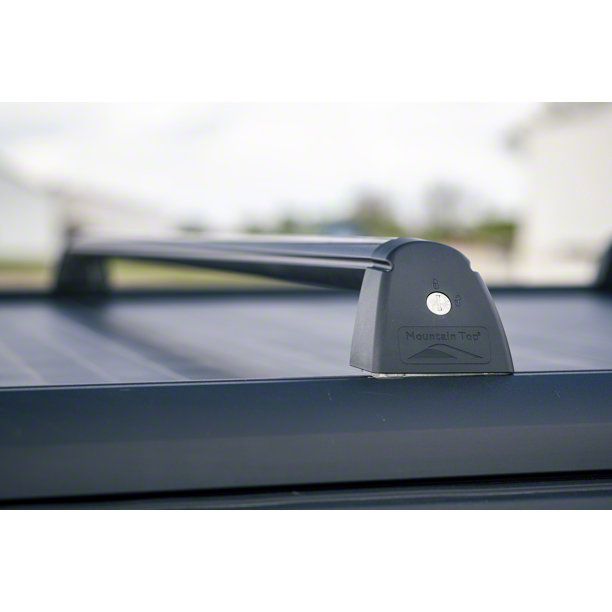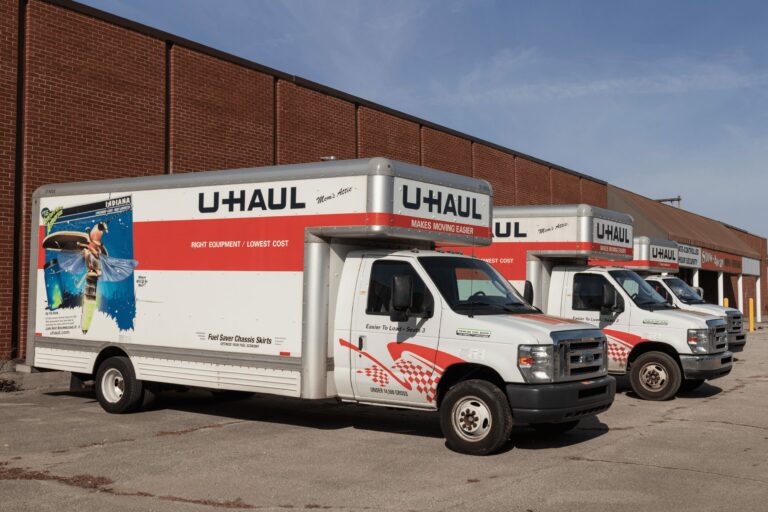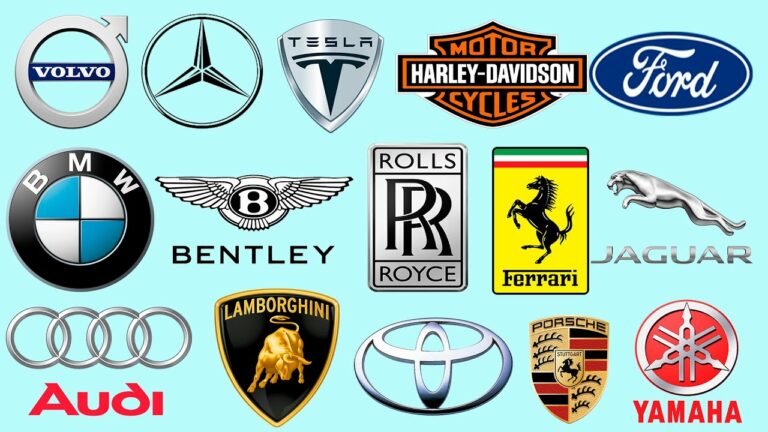How Many Models Will My Camper Top For Silverado Fit: A Comprehensive Guide to Compatibility
How Many Models Will My Camper Top For Silverado Fit: A Comprehensive Guide to Compatibility cars.truckstrend.com
The dream of transforming your Chevrolet Silverado into the ultimate adventure vehicle often begins with a camper top. Whether you call it a truck cap, topper, or shell, this essential accessory provides secure storage, weather protection, and even a comfortable sleeping space. However, before you dive into the vast market of options, a critical question looms: "How many models will my camper top for Silverado fit?" The answer, surprisingly, is not as simple as "all of them" or "just one." It’s a nuanced interplay of truck generations, bed dimensions, and design subtleties.
Understanding camper top compatibility for your Silverado is paramount. An ill-fitting topper is not just an aesthetic eyesore; it can compromise structural integrity, lead to leaks, damage your truck’s bed rails, and ultimately waste a significant investment. This guide will demystify the fitment puzzle, equipping you with the knowledge to make an informed decision and ensure your Silverado and its new camper top are a perfect match.
How Many Models Will My Camper Top For Silverado Fit: A Comprehensive Guide to Compatibility
The Foundation: Understanding Your Silverado’s Bed
The Silverado, like most pickup trucks, has evolved significantly over its numerous generations. Each evolution often brings changes to the body lines, bed dimensions, and tailgate design, all of which directly impact camper top fitment.
-
Truck Generations and Body Styles:
- GMT400 (1988-1998 C/K, 1999 Classic): These older models have distinct body lines and bed dimensions.
- GMT800 (1999-2006 Silverado/Sierra, 2007 Classic): A major redesign with smoother lines.
- GMT900 (2007-2013 Silverado/Sierra): Another significant overhaul, introducing more angular designs.
- K2XX (2014-2018 Silverado/Sierra): Further refinements, including different bed rail caps.
- T1XX (2019-Present Silverado/Sierra): The latest generation with an entirely new body and bed design.

Key Takeaway: A camper top designed for one generation will almost never perfectly fit a truck from a different generation, even if the bed length seems similar. The overall contour, bed rail height, and tailgate angle are unique to each body style.

-
Bed Lengths: The Primary Dimension:
Silverado trucks typically come with three primary bed lengths, though their exact measurements can vary slightly by generation:
- Short Bed (SB): Often around 5’8" to 5’10" (approx. 69-70 inches). Most commonly found on Crew Cab and some Extended Cab models.
- Standard Bed (StdB): Around 6’5" to 6’6" (approx. 78-79 inches). Common on Extended Cab and Regular Cab models.
- Long Bed (LB): Typically 8’0" (approx. 96 inches). Primarily found on Regular Cab models, often used for heavy-duty work.

Actionable Insight: The bed length is the most crucial measurement. A 6.5-foot camper top will not fit an 8-foot bed, and vice-versa. Always confirm your truck’s exact bed length by measuring the inside top edge from bulkhead to tailgate.
-
Bed Width and Rail Design:
While bed length gets most of the attention, bed width and the design of the bed rails are equally important.- Width: Silverados generally maintain a consistent width within a given generation, but slight variations can exist. The camper top must sit flush on the bed rails.
- Rail Caps: Modern Silverados feature composite or plastic bed rail caps that are integrated into the bed design. The camper top’s clamps and sealing system must be compatible with these caps. Older trucks might have exposed metal rails.
- Tailgate Clearance: The rear door of the camper top needs to clear your Silverado’s tailgate when closed. Some tailgates are thicker or have unique curves, requiring specific cap designs.
The Anatomy of a Camper Top and Fitment Considerations
Camper tops come in various materials and styles, but their core dimensions for fitment are universal.
-
Measuring a Camper Top for Fit:
- Length: Measured along the bottom edge, from front to back, to match the truck bed length.
- Width: Measured across the bottom edge, from side to side, to match the truck bed width.
- Height: While not directly affecting bed fit, the overall height matters for garage clearance and aesthetics.
- Front Radius/Contour: The front of the camper top must match the curvature of your truck’s cab for a seamless look and proper sealing.
- Rear Tailgate Clearance: The bottom edge of the rear door/frame must clear the top edge of your tailgate.
-
Types of Camper Tops and Their Fitment Nuances:
- Fiberglass Shells: Most common. Offer excellent weather protection and can be color-matched. Custom-molded for specific truck models and generations, ensuring the best fit.
- Aluminum Shells: Durable and lighter, often used for work trucks. While robust, their more utilitarian design might not have the same precise aesthetic fit as fiberglass.
- Soft Toppers (e.g., Bestop): Fabric-based, collapsible. Offer flexibility but less security and insulation. Fitment is generally more forgiving but still bed-length specific.
- Pop-Up/Overland Toppers: Integrate a tent. Often have a specific base frame that must fit the bed precisely.
Navigating the Aftermarket: New vs. Used Camper Tops
The choice between a new and used camper top significantly impacts your fitment strategy.
-
Buying a New Camper Top:
- Pros: Guaranteed perfect fit for your specific year, make, model, and bed length. Comes with a warranty, custom color matching, and choice of features (windows, racks, interior lights).
- Cons: Higher cost.
- Process: Reputable manufacturers (e.g., ARE, Leer, Snugtop, Raider) have detailed fitment guides. You simply provide your truck’s exact details, and they build or provide the correct model. This is the safest bet for perfect compatibility.
-
Buying a Used Camper Top:
- Pros: Significantly lower cost.
- Cons: Fitment is the biggest gamble. You’re trying to match an existing cap to your truck. Color matching is unlikely, and damage might be hidden.
- Actionable Tips for Buying Used:
- Know Your Truck: Jot down your Silverado’s exact year, cab type (Regular, Extended, Crew), and measure your bed length precisely (inside top edge, bulkhead to tailgate). Also, note if it’s a "Classic" model year (e.g., 2007 Classic vs. 2007 New Body Style).
- Get Seller Info: Ask the seller for the exact year, make, model, and bed length of the truck the cap came off of. Also, ask for the camper top brand and model number if available.
- Visual Inspection: Look for damage, especially cracks in fiberglass or bent frames. Check the seals and window functionality.
- Bring Your Truck: If possible, drive your Silverado to inspect the cap. Place it on your truck’s bed (carefully!) to visually assess the fit. Check the length, width, front contour, and tailgate clearance. Even a slight gap can cause issues.
- Be Realistic: A cap that "almost fits" from a different truck brand or even a different GM model (e.g., Canyon/Colorado) is unlikely to work. Silverado-specific caps are designed for Silverado body lines.
Practical Advice and Actionable Insights
- Measure, Measure, Measure! Don’t rely on assumptions. Measure your bed length from the inside of the bulkhead to the inside of the tailgate when closed. Measure the width across the bed rails at the front and back.
- Know Your Truck’s "Birth Year": For transitional years (e.g., 1999, 2007), confirm if your Silverado is the "Classic" (older body style) or the "New Body Style." This is a common fitment mistake.
- Consult Manufacturer Fitment Guides: Camper top manufacturers provide detailed charts. Use these as your primary reference when buying new or verifying a used cap.
- Consider Professional Installation: While you can DIY, professional installers ensure proper clamping, weather sealing, and wiring for lights, maximizing the life and functionality of your topper.
- Don’t Force It: If a used cap doesn’t sit flush or has significant gaps, it’s not the right fit. Trying to "make it work" will lead to frustration and potential damage.
Potential Challenges and Solutions
- Slight Gaps: Minor gaps (less than 1/4 inch) can often be sealed with high-quality weather stripping or automotive-grade silicone sealant.
- Misalignment: Ensure the cap is centered on the bed rails before clamping. Adjust clamps evenly.
- Water Leaks: Most leaks occur at the front bulkhead or around the tailgate. Use weather stripping specifically designed for camper tops. Check the rear window and side window seals.
- Finding a Cap for Older Silverados: As trucks age, finding new camper tops becomes harder, and used options might be scarce or in poor condition. Be prepared for a longer search or consider custom fabrication (expensive).
- Bed Liners: Some over-the-rail bed liners can interfere with a camper top’s seal or clamping system. Under-the-rail liners are generally fine.
Estimated Camper Top Price Ranges for Silverado Models
The price of a camper top can vary widely based on material, features, brand, and regional pricing. The following table provides estimated ranges for new camper tops compatible with various Silverado models and bed sizes. Used prices would be significantly lower, typically 30-70% of new, depending on condition and age.
| Camper Top Type/Material | Key Features | Estimated Price Range (New, Installed) | Fitment Considerations |
|---|---|---|---|
| Aluminum Shell | Basic, durable, lightweight, often painted white. Good for work trucks. | $1,500 – $2,500 | Less aesthetic focus on body lines, but bed length and width are critical. |
| Basic Fiberglass | Custom-molded, color-matched (single tone), side windows, rear door. | $2,500 – $3,800 | Precision fit for specific Silverado generation, bed length, and width. |
| Mid-Range Fiberglass | Basic features plus headliner, interior light, sliding/vented windows, some rack options. | $3,800 – $5,000 | Excellent fit due to molding; requires exact truck year/model/bed. |
| Premium Fiberglass | All mid-range features plus carpeted headliner, power lock, remote entry, heavy-duty roof rack, custom paint. | $5,000 – $7,500+ | Perfect, seamless fit for specific Silverado models; highest level of customization. |
| Soft Topper | Collapsible fabric, lightweight. | $600 – $1,200 | More forgiving on width/contour, but still requires correct bed length. |
| Pop-Up/Overland Cap | Integrated tent/sleeping area, often with roof racks. | $3,000 – $10,000+ | Base frame must precisely match Silverado bed dimensions and rail caps. |
Note: Prices are estimates and do not include additional accessories like toolboxes, advanced lighting, or specialized shelving. Installation costs are often included by dealerships.
Frequently Asked Questions (FAQ)
Q1: Can a camper top from a Ford F-150 fit my Chevrolet Silverado?
A1: Almost certainly not. While both are full-size trucks, their bed dimensions, rail cap designs, and overall body contours are unique. A cap designed for one brand will not properly fit another.
Q2: I have a 2006 Silverado, and I found a great deal on a cap from a 2010 Silverado. Will it fit?
A2: No. A 2006 Silverado is a GMT800 body style (or 2007 Classic), while a 2010 Silverado is a GMT900 body style. These generations have significantly different bed dimensions and body lines, meaning the cap will not fit properly.
Q3: Are all "short beds" the same length across different Silverado generations?
A3: No. While generally in the 5’8" to 5’10" range, the exact internal length and especially the front and rear contours can vary. Always measure your specific truck’s bed length and verify the exact year/model.
Q4: Do I need to remove my plastic bed rail caps before installing a camper top?
A4: For modern Silverados, no. Camper tops are designed to sit on top of or around the factory bed rail caps. However, aftermarket "over-the-rail" bed liners might interfere and need to be trimmed or removed.
Q5: What measurements do I need to know when looking for a camper top?
A5: You need your Silverado’s exact:
- Year and Model: (e.g., 2015 Chevrolet Silverado 1500 LT)
- Cab Type: (Regular Cab, Extended Cab, Crew Cab)
- Bed Length: Measure the inside top edge from the bulkhead to the tailgate (e.g., 5’8", 6’6", 8’0").
- Important for transitional years: Specify if it’s a "Classic" or "New Body Style."
Q6: Can a camper top make my truck less fuel efficient?
A6: Potentially, yes. While some argue a streamlined cap can improve aerodynamics, most add weight and increase the truck’s overall drag coefficient, leading to a slight decrease in fuel economy. The impact is usually minor.
Conclusion
The question "How many models will my camper top for Silverado fit?" boils down to one simple truth: generally, a camper top will only fit the specific Silverado generation, bed length, and often the exact year for which it was designed. The intricate design changes across Silverado generations mean that universal fit is largely a myth in the world of truck caps.
By understanding your Silverado’s precise specifications – its generation, bed length, and unique body contours – and by approaching the purchase with careful measurement and verification, you can confidently find a camper top that not only enhances your truck’s utility but also looks like it was custom-made for your adventure-ready Silverado. Invest the time in research, and you’ll enjoy a perfectly fitted, functional, and aesthetically pleasing addition to your truck for years to come.






